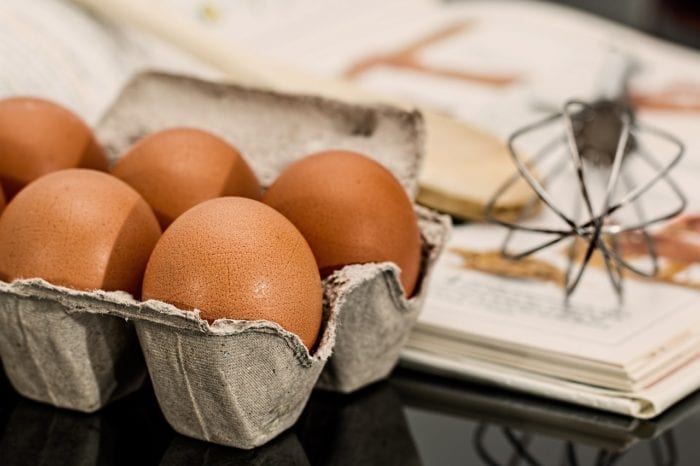The Recipe Calls For a Serving of Independence
Published on
Some of my best memories were created in my mom’s kitchen. There is something about preparing a holiday meal together that strengthens family bonds and bridges generational gaps. I am grateful that my mom didn’t give up on learning to adapt and pursue her independence.
My mom had vision into her early 20s. However, she knew it was likely that she would lose her vision as time went and made independence her priority. She learned how to read braille, handle a guide dog, cook, clean, and care for herself. She even attended college and eventually graduated school. I imagine these tasks all had some level of frustration, but independence was her primary goal. It was an uphill climb.
Independence in Action
When people ask what it’s like having blind parents, I only remember Mom preparing meals and baking goods with ease. Sure, there were some mishaps that we all have in the kitchen, but she didn’t let a few burned biscuits stop her. It wasn’t until I was older that I realized how organized my mom was with meal preparation. She spent time putting everything in its place, labeling food items and spices, placing raised dots on the stove and microwave, and having some adaptive items. My mom learned a lot of these adaptive methods from the Division of Blind Services and similar programs. I remember reading family recipes to my mom and she typed them in braille. Back then it was time-consuming, but today I know it was time well spent. As we read through recipes, Mom would tell my siblings and me stories about each family member and the recipes they contributed to our cookbook. She is a great storyteller and had a way of placing us right in our great-grandmother’s kitchen. We worked on that cookbook for many months. However, I didn’t notice the magnitude of those days spent reading recipes until my daughter was in the kitchen.
When my daughter was young, she worked next to my mom in the kitchen. They measured, mixed, and of course, told family stories. My mom read the recipes from the homemade braille family cookbook we made years prior. The familiar smell of chocolate chip cookies and pecan pie filled the air. I was immediately taken back to my younger years and reading the cookbook.
Keeping with Tradition
Today, I look around my kitchen and I see many tools that are accessible. Alexa (Amazon) can access recipes that allow me to hear each step, rather than read a cookbook. My nesting measuring cups have raised markings that can be felt, just like my mom had. The adjustable measuring spoons have ridges that indicate when I am increasing a measurement. My mixing bowls have engraved markings that allow me to feel each measurement. My oven automatically starts at 350 degrees and beeps at 5 degrees increments when I add or reduce the temperature. Look around your kitchen and see how many items can be considered adaptive for a person losing their eyesight. Think about how vital these conveniences could become to you or a loved one facing vision loss.
Now, You’re Cooking
In 1990, all Americans were granted equality. I think about all of this in awe because of what my mom was able to accomplish in the 1960s and 1970s. She was successful because she learned to self-advocate, and she accessed valuable resources.
Schools for the Blind, Blind Services and organizations like Lighthouse for the Blind are vital for people learning how to live without sight. They teach techniques for cooking, daily living, adapting to a new life, and gaining independence. National advocacy groups also play a significant role in educating people with a visual impairment or blindness on how to be independent and access services
If you or a loved one is facing vision loss or decline in vision it can be overwhelming, do not lose hope. Accessibility laws, modifications, and adaptations make independent living possible.
Categorized in: Accessibility, Uncategorized
This post was written by



Comments are closed here.